Applicability of Elastomeric Foam in Building Renovation Projects
2025-06-18 18:22:32
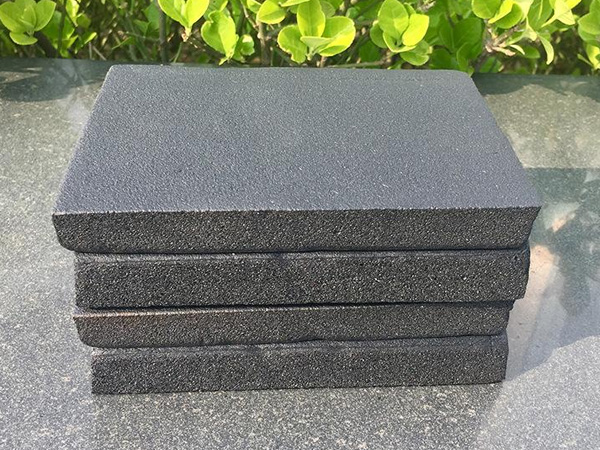
Applicability of Elastomeric Foam in Building Renovation Projects
Elastomeric foam (rubber-plastic insulation boards) demonstrates exceptional versatility in building renovation due to its unique material properties and installation flexibility. Below is a detailed analysis of its suitability across various retrofit scenarios:
1. Material Advantages for Renovation
Conformability to Irregular Surfaces
Flexible structure adapts to uneven substrates (e.g., aged brickwork, curved walls) without requiring perfect leveling
Can be slit and folded around obstructions (pipes, conduits) with minimal cutting waste
Low-Profile Installation
Thin yet efficient insulation (20mm achieves R-value ~0.7 m²·K/W) preserves interior space in tight renovations
30% lighter than rigid boards, reducing structural reinforcement needs
Moisture-Tolerant Performance
Maintains insulation value at 95% RH conditions (unlike fiberglass which loses 40% R-value when wet)
Allows vapor diffusion drying of existing damp walls when used with breathable finishes
2. Key Renovation Applications
Facade Upgrades
Seamless integration with ETICS (External Thermal Insulation Composite Systems)
Self-adhesive versions enable bonding to original finishes (stone, tile) without demolition
Historic Building Preservation
Minimal thickness (10-15mm) maintains architectural profiles
Non-invasive mechanical fasteners (specialty low-profile clips) protect heritage substrates
Mechanical System Retrofits
Pre-formed pipe insulation sleeves simplify upgrades to existing HVAC
High-temperature grades (150°C) for boiler pipe insulation without system shutdown
Interior Space Reconfiguration
Soundproofing partitions achieve STC 45+ at just 50mm thickness
Fire-rated versions meet retrofit egress requirements when altering room layouts
3. Renovation-Specific Performance Features
Aging Compatibility
Moves with building settlement (up to 5% elongation) without cracking
Resists mold growth on existing damp substrates (ASTM G21 compliant)
Installation Efficiency
Cold-applied adhesives avoid hot-work permits in occupied buildings
Peel-and-stick options enable installation during limited access hours
4. Economic Considerations
Lifecycle Cost Advantage
50-year service life outperforms traditional materials in durability
Reduces ancillary costs (no separate vapor barriers needed)
Energy Payback Period
Typical ROI of 3-5 years in climate zone III-VI when upgrading from single-glaze windows
For heritage projects, specially formulated breathable elastomeric foams (0.5 perm rating) allow moisture escape while providing insulation. Modern laser-scanned prefabrication enables perfect fits for ornate historical details.
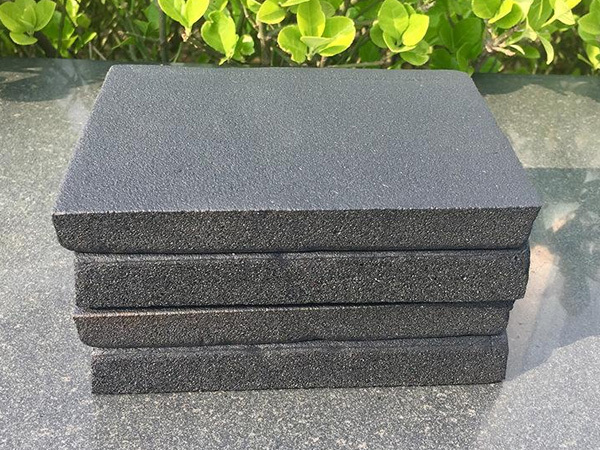
OurFlame Retardant Rubber Foamis a premium closed-cell elastomeric insulation material engi...
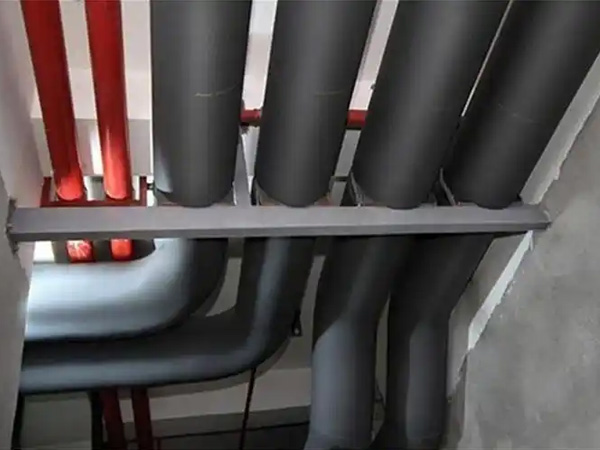
OurRubber Pipe Insulationis a high-performance solution designed specifically for HVAC pipi...
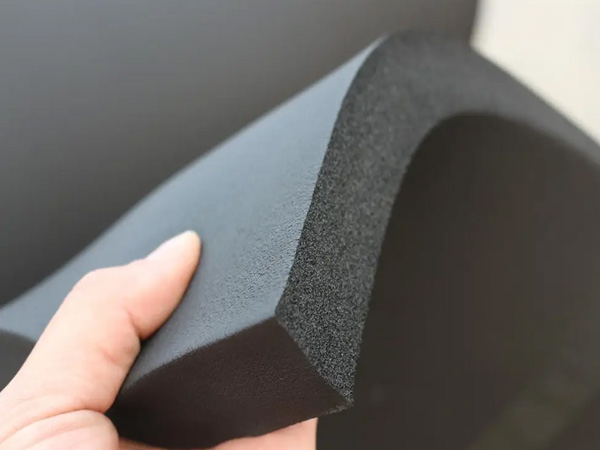
Rubber Foam Insulation Sheet – Product Introduction Premium Flexible Insulation for Therm...
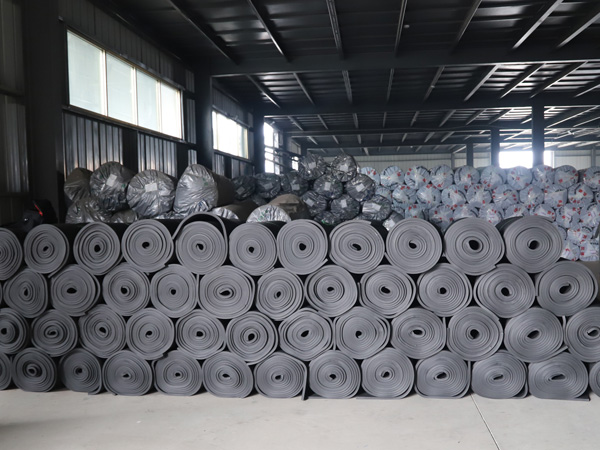
Specially engineered for refrigeration applications, ourElastomeric Rubber Insulationprovid...



